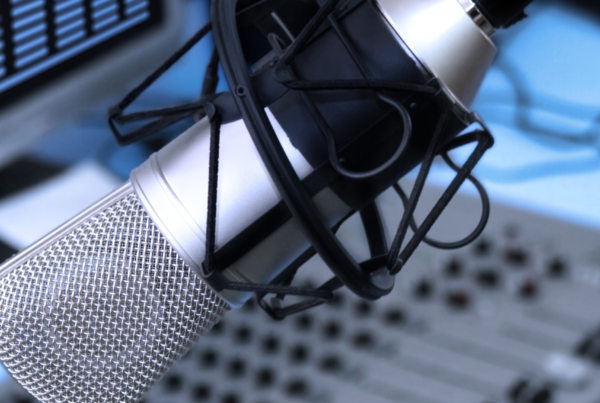Recent headlines from radio industry publications spotlighted revenue expansion from public local media organizations. The strong performances were not the result of traditional broadcast ad sales; most saw declines or stagnation in this category. The source of growth was digital ad sales.
There’s no doubt that the present and future of radio ad revenue will be a mix of linear, digital and O&O (owned and operated) inventory. You can also look at the results from the 12th annual benchmarking report on radio digital sales for confirmation of digital’s role in sales growth. It now accounts for 21% of total revenue.
Reflecting on what these earnings calls mean, we look at our own position and vision for radio’s next horizon.
Advertising Has Evolved, Forcing Local Media to Do the Same
Radio is an industry over 100 years old, but that doesn’t mean it can’t thrive in the 21st century. How people consume content has changed dramatically with innovative technology. However, consumption is still alive and growing, which means advertising will always play a role in supporting it.
In looking at radio itself, you should know that while revenue growth hasn’t actualized for many, it’s still a formidable part of an ad campaign. It’s now the leader in reach for mass media in the U.S., outperforming TV for the first time. Radio’s reach is 84% versus 72% for TV, and it engages 40% more people ages 18 to 49 than TV.
Local advertisers still believe in the power of radio ads, but they must also advertise in digital channels to target specific audiences and stay competitive.
The decision for businesses in advertising doesn’t have to be an either/or scenario. Radio and digital make a formidable pair, delivering reach and targeting.
Since they work together so well, radio doesn’t have to transform into a “digital” business, but stations can no longer count on traditional ad sales to fuel success. Ideally, the evolution is for them to reposition themselves as local media experts.
With this approach, sales professionals become trusted advisors. They identify a customer’s goals and whom they want to reach. Then, they customize an ad mix to achieve objectives and get in front of the right people. If they have technology that helps them do this more efficiently and effectively, all the better.
Stations Can Remain Radio-First While Adapting to the New Ad Landscape
Digital ad sales for radio will experience steady growth. The benchmarking survey projected an 11% increase for 2024. Radio and other local media will experience a boost in revenue from political advertising in 2024. These bumps are cyclical, but the good news is that the economy is mostly stable. Additionally, a new survey of small businesses found that 65% expect increased revenue this year. These things could spur more ad spending.
In a review of these digital opportunities, radio stations may face an identity crisis. You don’t have to shed your radio-first mentality, however. This vision isn’t simply about being a broadcaster. Radio-first is much more — it means you’re part of the community, helping it weather economic forces and trends. After all, that’s what makes radio companies so valuable. It’s your connection to your market and the people who tune in every day.
Radio-first can be a mindset in how you support your advertisers. It’s just not the only kind of media you’re going to recommend. Additionally, many local businesses find digital confusing, or they’ve tried various tactics with lackluster results. They have misconceptions and fears. You have an opportunity to educate them on the big picture, demonstrate how ads work and what metrics mean, and provide them with advice on how to build a strong campaign.
Everyone’s adapting on all sides to the ever-changing ad landscape. You can be a leader here. We understand that you also have fears, though. Digital ad sales can seem intimidating and complicated. The technical stuff is a bit complex, but you don’t have to be an expert in ad operations. In fact, it would be impossible to be one in digital since it’s always evolving.
Moving Forward with Radio + Digital
Radio and digital ad sales shouldn’t live in silos. They need to be a united group of media available for you to sell to advertisers. If they are separate, it’s harder to make the case for both or see how they influence each other’s performance.
The best way to move forward is with a connected ecosystem that includes digital advertising technology and radio traffic. Marketron NXT embodies this philosophy, seamlessly integrating with our traffic systems. It’s the only digital advertising platform designed for radio. You can propose, order, report and bill in one platform. NXT has already processed over $400 million in local digital ad sales and continues to innovate and advance digital plus radio.
See how it accomplishes all this by requesting a demo today.






